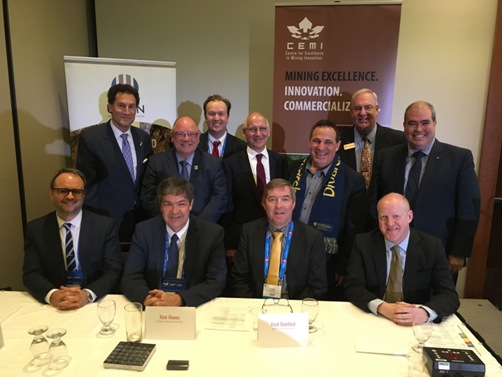http://www.mining-technology.com/
Microbes play a huge part in mining, both good and bad. But thanks to a new study by the University of British Columbia, which successfully identified and isolated the microbes responsible for acid rock drainage, the good may soon outweigh the bad. Molly Lempriere finds out what microbes to look for.
Microbes are an intrinsic element of the mining process, bringing both beneficial and dangerous side-effects. Naturally occurring micro-organisms are inevitably exposed during excavation, causing chemical reactions that vary from site to site.
Companies as large as Vale and Rio Tinto have begun to use microbes to their advantage with biomining techniques that capitalise on waning resources as regulations tighten. Research into microbes at mine sites continues to yield benefits; one new study by the University of British Columbia (UBC) has managed to identify and isolate microbes involved in acid rock drainage (ARD).























